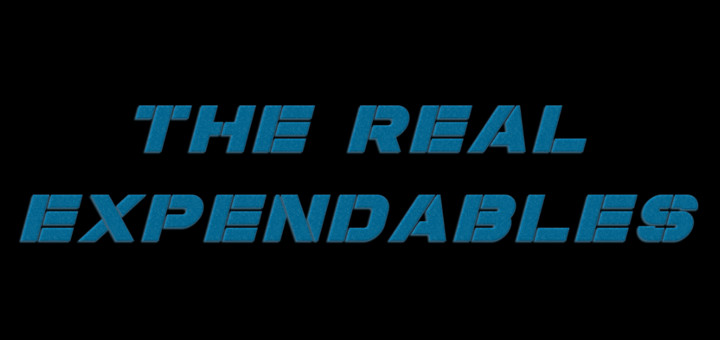
Can Virtual Reality Be Real This Time?
Did you feel it? Yesterday, March 28th, the first (significant) consumer grade virtual reality device, the Oculus Rift, hit store shelves with the hyperbolic promise to “change the world.” Early reviews don’t disappoint though as they highlight an intuitive setup, lightweight headgear, and simplistic game navigation as being strong points. Ok, first, we’ve been very dubious before, but maybe we were just being short sighted, right? Who the hell are we to say, really? Maybe the collective gamer community is ready to drop $600 to fully embrace this revolutionary experience. Maybe virtual reality can finally be real?
Let’s cover our bases. No, this is not the first VR device aimed at the home. We covered this in detail in our rant from two years ago but since the 90s companies like Sega, Atari, and Sony have all tried and failed to deliver compelling VR tech – many of them being embarrassingly bad. After so many notable failures though it’s surprising to see another attempt, especially with a $2B show of faith from Facebook and with companies like Sony and Samsung trying to compete for the same eyeballs.

If you’re reading this, it’s already too late. The machines have taken over.
Will it work this time?
We argued before that VR technology failed due missing several components of notable Communication Studies professor Everett Rogers’ Diffusion of Innovations theory. That theory states the likelihood of a new tech being adopted by consumers is based on 5 principles: the device’s relative advantage to existing options, compatibility with existing norms, simplicity, trialability, and observable results. Previous VR technology like infamous Virtual Boy or Atari’s Jaguar VR had advantages but many gamers couldn’t try them, they weren’t compatible with existing games, and honestly simplicity was never their strong suit. With little legitimate experience to lean on, movies and TV opted instead to offer so many laughably bad concepts of a VR world so far removed from what developers were able to create and what gamers should expect, that it’s taken a long time to really define what VR gaming should be like.

The horror… The horror.
If we’re being honest, we’re not confident that this is the year 3d gaming takes off still, especially after the failed launch of 3d TVs last year despite the aggressive and costly marketing push from manufacturers. But it’s going to at least be close.
With PAX shows, GDC conferences, SXSW, etc. gamers have so many more opportunities now to see and experience these new devices than ever before. Oculus Rift is apparently extremely simple to use and we’d assume the same for Sony’s soon to be released Morpheus in a few months. Most importantly, there are some compelling games now out there that will exist on this new platform like Eve: Valkyrie and Adrift. We’re keeping an eye out for the next incarnation of a 3d Minecraft Microsoft recently promised at E3 as well as whatever Gabe Newell was doing with Portal in 3d – both of which could be game changes for these new devices.

It’s only a matter of time until we inadvertently stab our roommate while fighting a creeper – at least that’s what we’ll tell the cops
Last but not least, we should highlight the significance porn has on the adoption of technology after it helps launch the VCR decades ago. The inclusion of that on some of these platforms will no doubt help ship a few units. Don’t tell us you’re not at least a little curious about that.
It’s an exciting time to be a gamer and potentially an early adopter. We’re skeptics at heart though. We’ve been burned before so often by the promise of 3d technology. But games worth playing (finally) and the simple setup may outweigh the higher price point. If this isn’t the tipping point for VR gaming this year, we do know it’s going to be a close call.
What do you think? Let us know the comments below!


